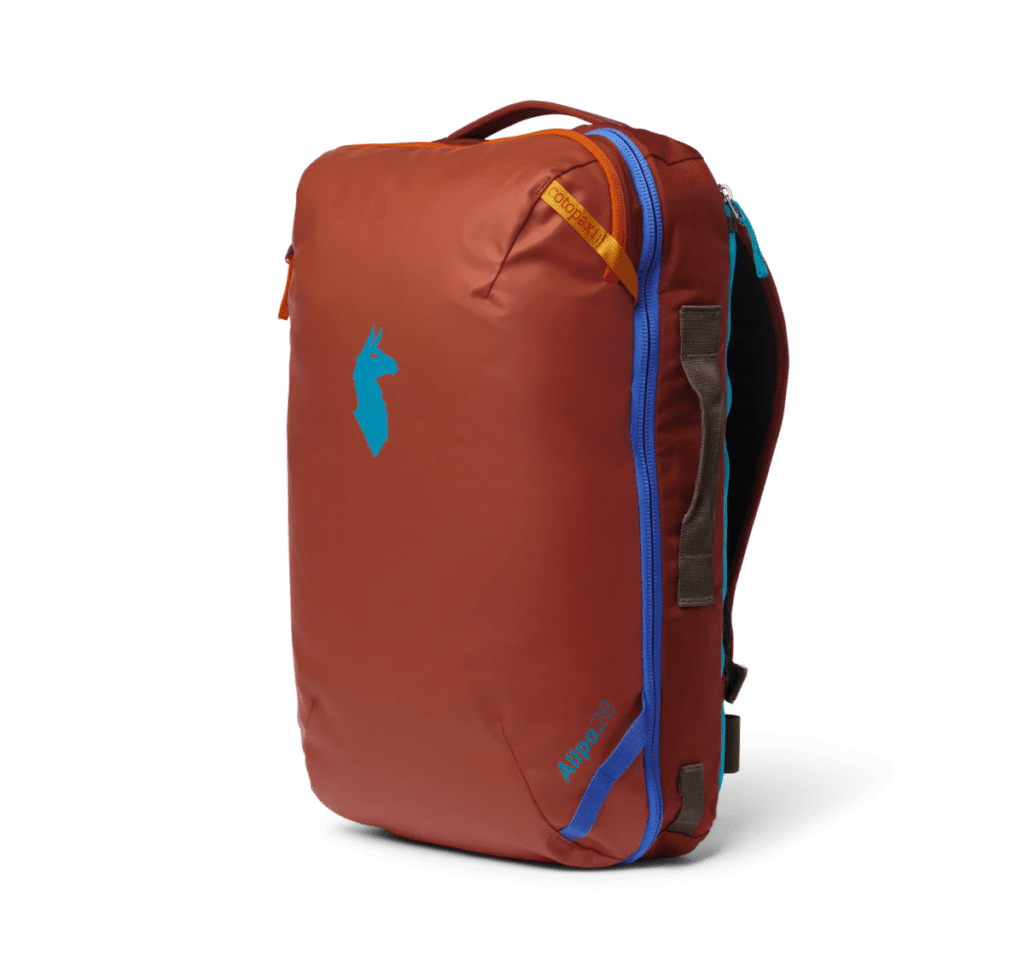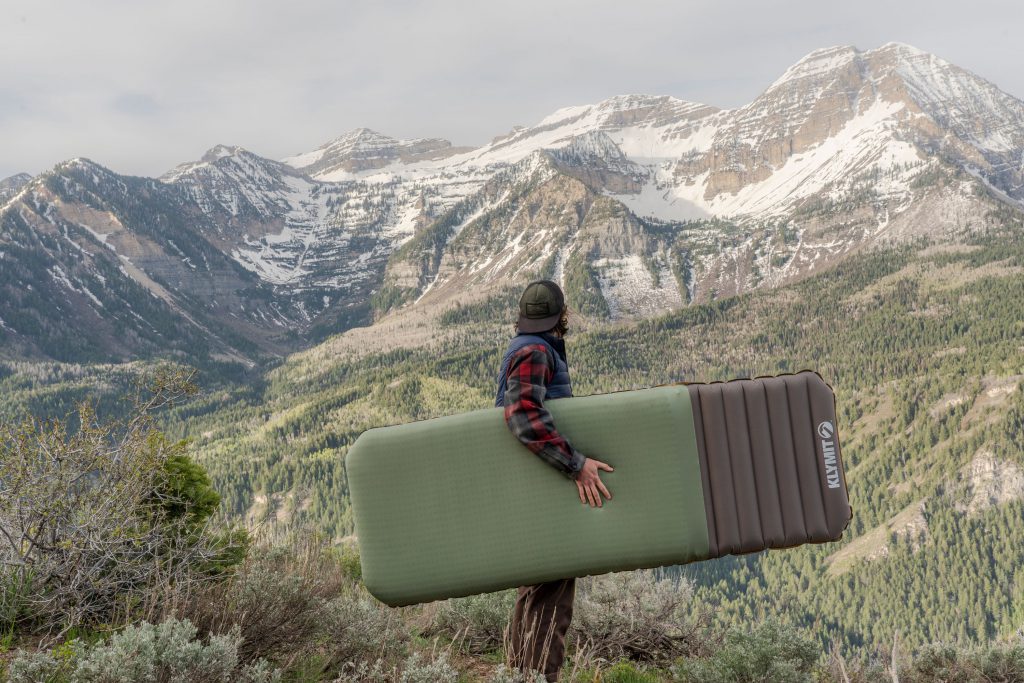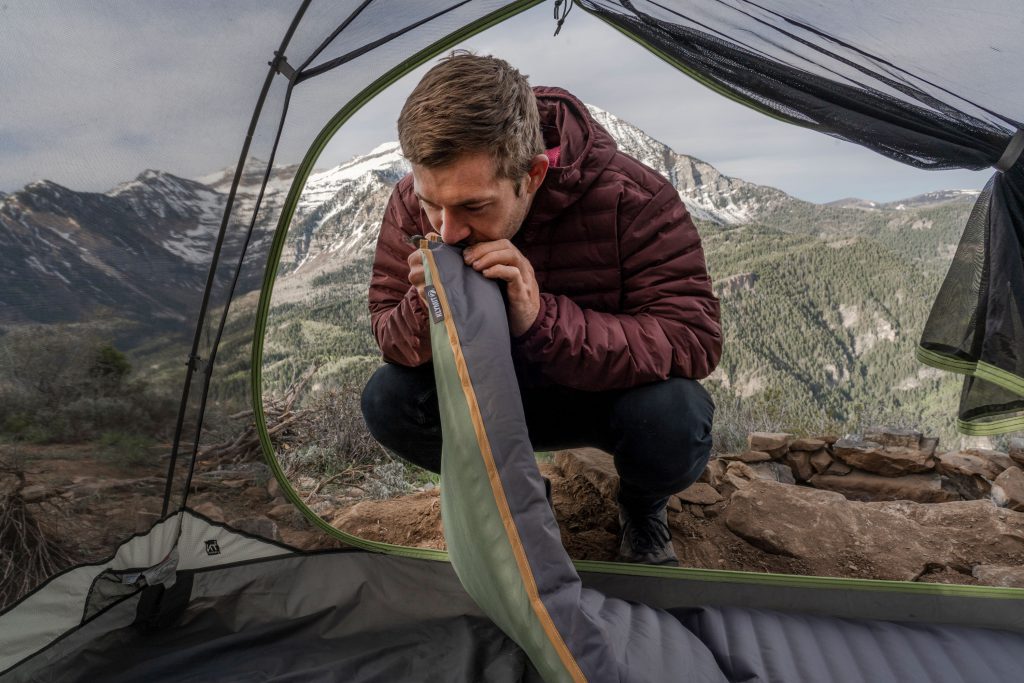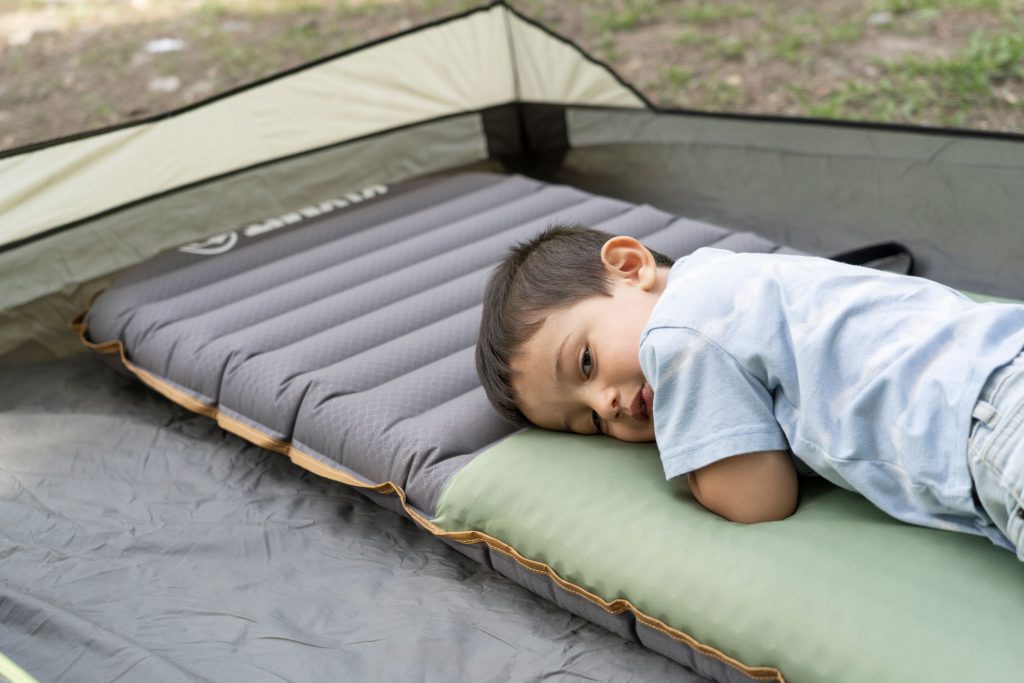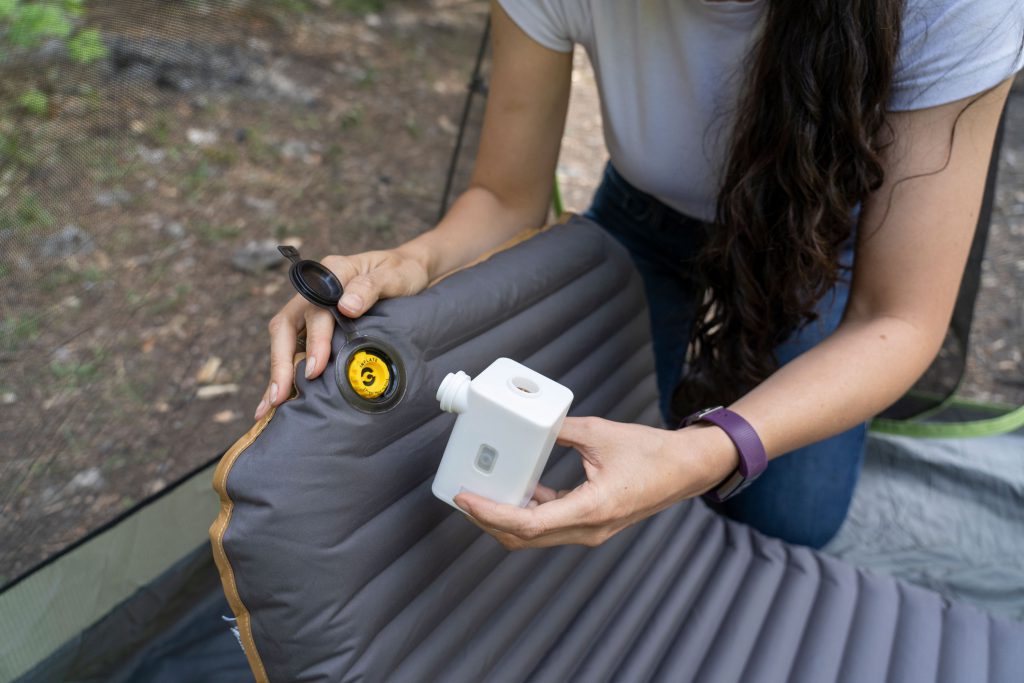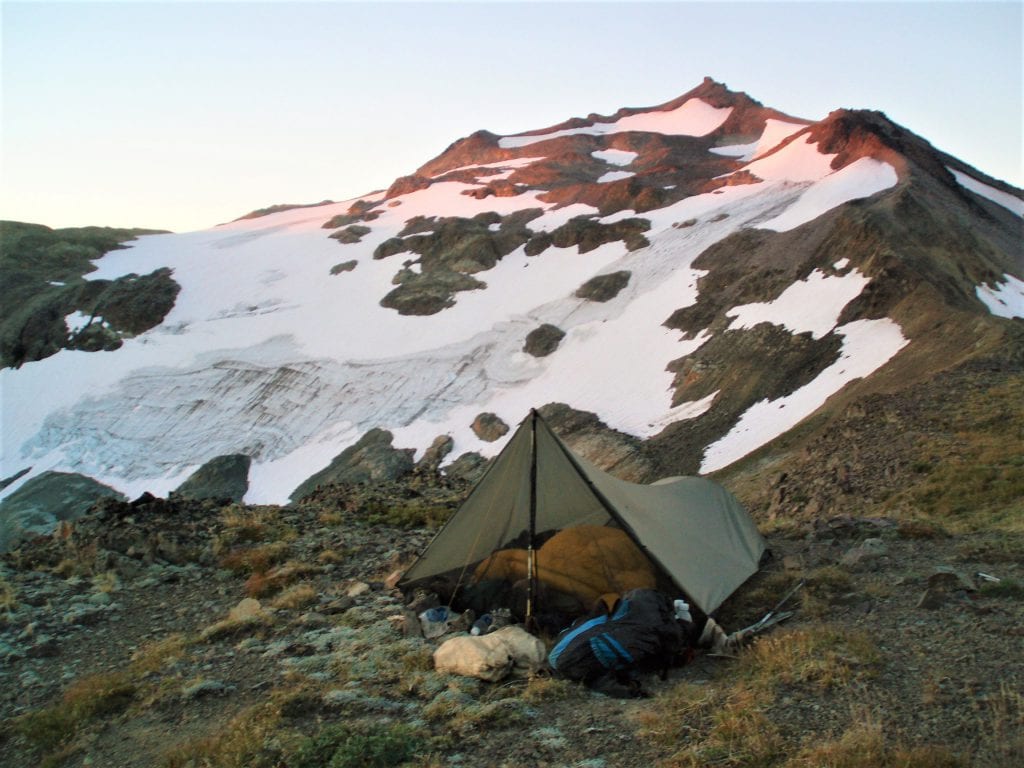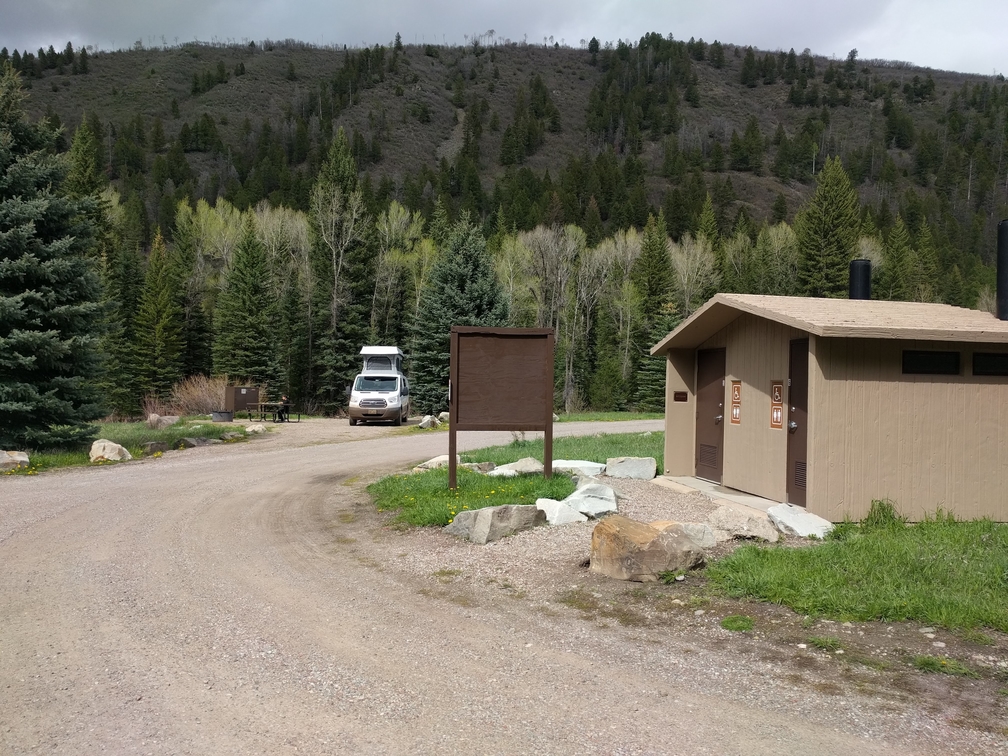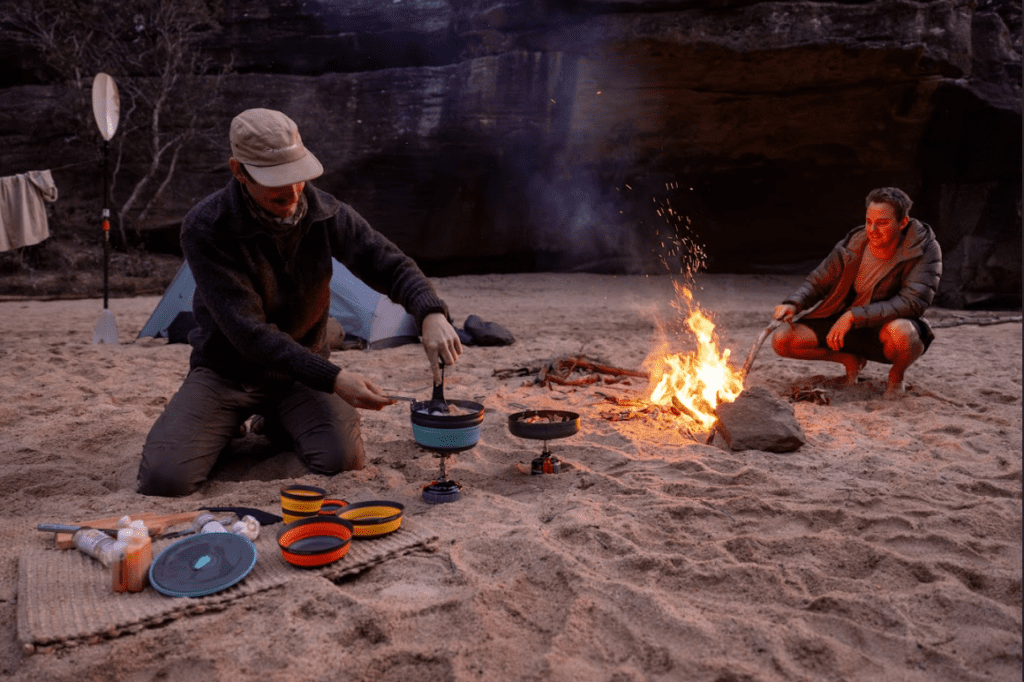
Boulder, CO (March 14, 2023) — Sea to Summit, the award-winning global manufacturer of adventure equipment, is excited to announce their 2024 New Product Launch. The milestone unveiling of their new sleeping bag and liner categories, alongside three redesigned, award-winning camp kitchen ranges, highlights Sea to Summit’s commitment to innovation, sustainability and enhancing the outdoor experience.
The introduction of three distinct camp kitchen lines – Frontier, Detour and Passage – reflects Sea to Summit’s dedication to enhancing the outdoor culinary experience. All three collections were 2023 Australian Good Design Award Winners and feature evolutions of the past X-Series, Delta and Alpha line.
Dave Thompson, General Manager of Product Design, delves into the inspiration and benefits of these camp kitchen products:
“We had a lot of fun reimagining our core promise for an evolving consumer. We were laser-focused on the customer, and obsessed with enhancing the cooking experience throughout the various adventures our customers engage in.”
Inspired by extreme explorers, Frontier cookware and tableware was engineered for weight-focused adventurers who demand functionality, ease of use, and a high degree of packability. Key features include nestable and fold-flat layouts, patent-pending LIDKEEP technology, abrasion-resistant ceramic coating and a patent-pending Click-Safe removable handle for easy stowing. The intelligent design behind the Frontier line introduces a more durable, more compact, and more ergonomic kitchenware for backpacking.
The Detour collection, tailored for adventurers on the move, whether in overland vehicles, RV kitchens, or boat galleys, debuts the first-ever collapsible camp kitchen equipment compatible with both gas stoves and induction cooktops. Crafted from stainless steel, this collection also features rattle-free stowability to ensure a quiet journey, while maintaining the convenience and quality of home cooking for any vehicle-based adventure.
“There is a significant rise in the number of vehicle-based campers who want to take a gourmet home-cooking experience on the road, yet need products that can be stowed easily. We felt that our core expertise in developing collapsible, packable kitchenware solutions delivered a key benefit to this user,” says Thompson on the increased popularity of vehicle-based camping.
Sea to Summit’s 2024 sleeping bag and liner collections usher in new levels of comfort and convenience across a wide range of conditions and pursuits. Utilizing new fabrics and enhanced details, these bags and liners seamlessly integrate to redefine the sleep experience.
In addition to evolving and streamlining their most popular sleeping bags like the Spark and Ascent, Sea to Summit delivers a completely new offering in the Spark PRO. The Spark PRO is the perfect option for lightweight adventurers who demand comfort. 950+ FILL Power makes this bag as comfortable as it is compact, and introduces the versatility of the Free Flow zip system to a class of lightweight bags.
“Our goal was to evolve sleeping bags and liners to build on the versatility that has been a hallmark of Sea to Summit sleeping bags,” states Kevin Joyce, Sea to Summit’s General Manager of Product Merchandising. “A key element in this is the Free Flow zip system, which has been revised for 2024 and introduced for the first time into the lightweight realm with the Spark Pro. Free Flow allows users to adapt their sleeping bag to meet their own preferences and various external conditions.”
The new iteration of Sea to Summit sleeping bags feature notable sustainability updates, including bluesign® approved fills and fabrics, non-PFC DWR treatments, Recycled Claim Standard shells and linings, RDS-Certified Down and Forest Stewardship Council approved packaging.
Comfort and versatility extend to the women’s specific sleeping bag models as well. The women’s specific designs feature a carefully crafted, thermally efficient shape to allow a natural sleep position without compressing insulation, and body-mapped down to provide maximum warmth.
Sea to Summit has long been the market leader in sleeping bag liners, but the new models represent a quantum leap forward for the end user. The three new collections include the Reactor Series Thermal Boost Liners for enhanced warmth, the Breeze Series Moisture Management Liners for comfort in warm, humid conditions, and Lightweight Liners for minimalist adventures. The new liners have shoulder openings and an all-new base drawcord that aligns with the Free Flow zip system of the sleeping bags to give you an even greater level of versatility.
Dave Thompson concludes, “We’re quite overwhelmed by the loyalty we’ve seen from users that have journeyed with us for over 30 years. Our 2024 lineup provides ongoing reassurance to consumers and invites them to journey with us as we continue to innovate around our core objectives of creating the most lightweight, packable and durable products to support their adventures.”
Sea to Summit’s 2024 product range is a testament to the brand’s unwavering dedication to quality, innovation and sustainable practices.


